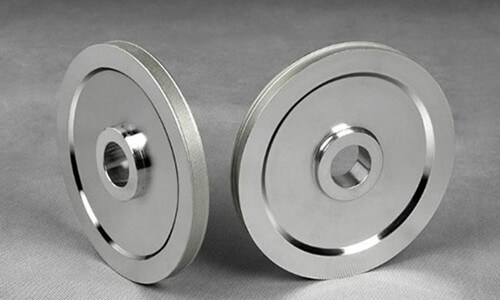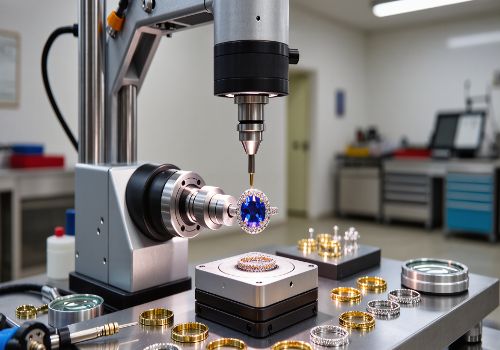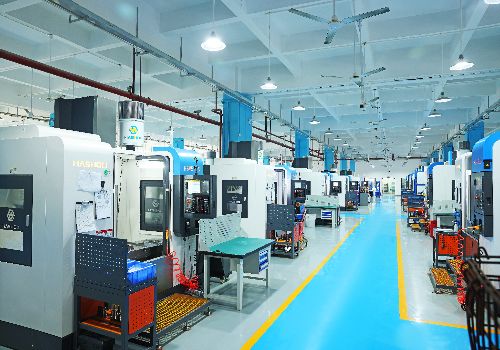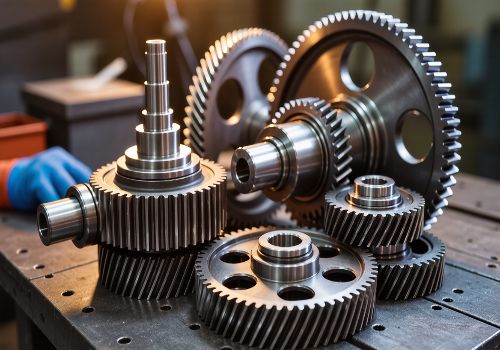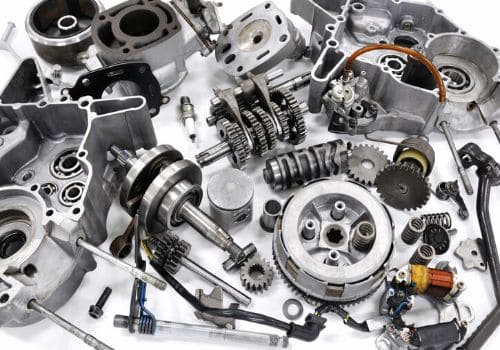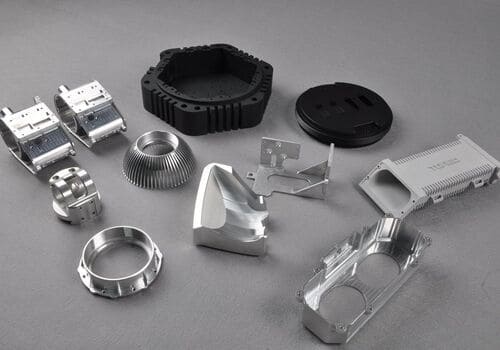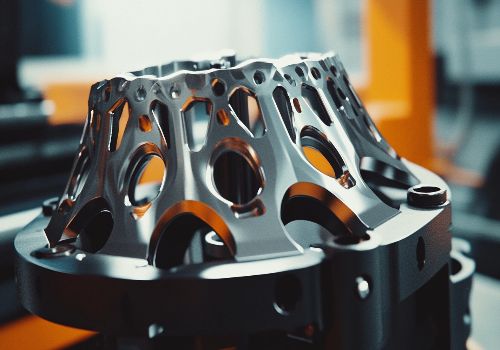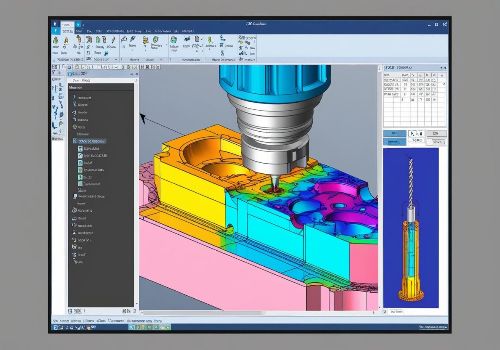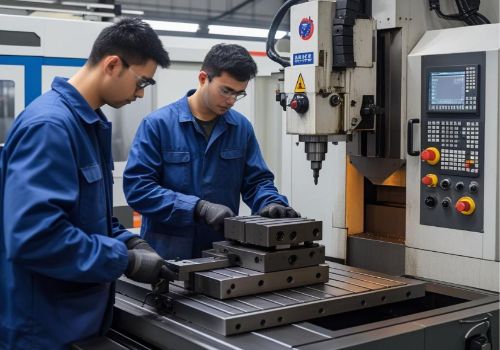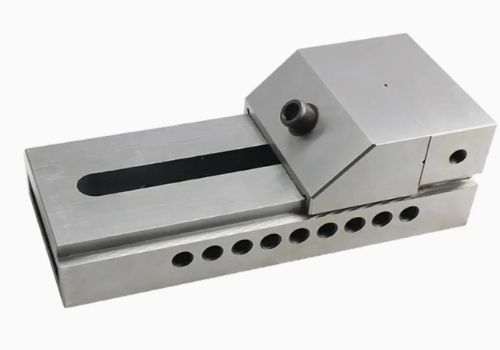Electroplating is the process of plating a thin film of other metals or alloys on the metal surface using the principle of electrolysis. It is a process that uses electrolysis to attach a metal film to the surface of a metal or other material to prevent metal oxidation (such as rust). ), Improve the abrasion resistance, electrical conductivity, light reflectivity, corrosion resistance (copper sulfate, etc.) and enhance the appearance and other functions.
Common types of electroplating are zinc, cadmium, chrome, nickel, etc., but do you know the difference?
Zinc plating
Features: Zinc is relatively stable in dry air, and it is not easy to change color. It acts with oxygen or carbon dioxide in water and humid atmosphere to form oxides or alkaline zinc carbonate films, which plays a protective role.
Zinc is susceptible to corrosion in acids, alkalis and sulfides. The zinc-plated layer is generally passivated. After passivation in chromic acid or chromate solution, the passivation film formed is not easy to interact with humid air, and the corrosion resistance is greatly enhanced. For spring parts, thin-walled parts (wall thickness <0.5m) and steel parts with high mechanical strength requirements, hydrogen removal must be performed. Copper and copper alloy parts do not require hydrogen removal.
Zinc-plated has low cost, convenient processing and good effect. The standard potential of zinc is relatively negative, so zinc plating is anodized for many metals.
Application: zinc-plated is commonly used in atmospheric conditions and other good environments. But not suitable for friction parts.
Cadmium plating
Features: Parts in contact with the marine atmosphere or seawater and hot water above 70 ℃, the cadmium coating is relatively stable, strong corrosion resistance, good lubricity, very slow dissolution in dilute hydrochloric acid, but extremely easily soluble in nitric acid, insoluble in alkali, and its oxides are not soluble in water.
The cadmium coating is softer than the zinc coating, the coating has less hydrogen embrittlement and strong adhesion, and the cadmium coating obtained is more beautiful than the zinc coating under certain electrolytic conditions. However, the gas generated when cadmium is melted is toxic, and the soluble cadmium salt is also toxic.
Under normal conditions, cadmium is a cathodic coating for steel and an anodic coating in marine and high-temperature atmospheres.
Application: It is mainly used to protect parts from seawater or similar salt solutions and atmospheric corrosion. Many parts of aviation, marine and electronics industries, springs, threaded parts are cadmium plated. Can be polished and phosphated, but not used as tableware.
Chrome plating
Features: Chromium is very stable in humid atmosphere, alkali, nitric acid, sulfide, carbonate solution and organic acid, and it is easily soluble in hydrochloric acid and hot concentrated sulfuric acid. Under the action of direct current, if the chromium layer is used as anode, it is easily soluble in caustic soda solution. The chromium layer has strong adhesion, high hardness, 800 ~ 1000V, good abrasion resistance, strong light reflectivity, and also high heat resistance. It does not change color below 480 ℃, begins to oxidize above 500 ℃, and hardness is decreased significantly at 700 ℃. The disadvantages of chromium are hard, brittle, easy to fall off, and porous.
Metal chromium is easily passivated in the air to form a passivation film, thus changing the potential of chromium. Therefore, chromium to iron becomes a cathodic coating.
Application: Direct chromium plating on the surface of steel parts as an anticorrosive layer is not ideal. Generally, multi-layer electroplating (ie copper plating → nickel → chromium) can be used to achieve the purpose of antirust and decoration. At present, it is widely used to improve the wear resistance of parts, repair size, light reflection and decorative lights.
Nickel plating
Features: Nickel has good chemical stability in the atmosphere and lye, is not easy to discolor, and is oxidized only when the temperature is above 600 ° C. It dissolves slowly in sulfuric acid and hydrochloric acid, but is easily soluble in dilute nitric acid. It is easily passivated in concentrated nitric acid and has good corrosion resistance. Nickel plating has high hardness, is easy to polish, has high light reflectivity and can increase aesthetics. The disadvantage is that it has porosity. To overcome this shortcoming, multi-layer metal plating can be used, and nickel is the intermediate layer.
Nickel to iron is a cathodic coating and copper is an anodic coating.
Application: In order to prevent corrosion and increase aesthetics, it is generally used to protect decorative coatings.
Nickel plating on copper products is ideal, but because nickel is more expensive, copper-tin alloy plating is often used instead of nickel plating.

